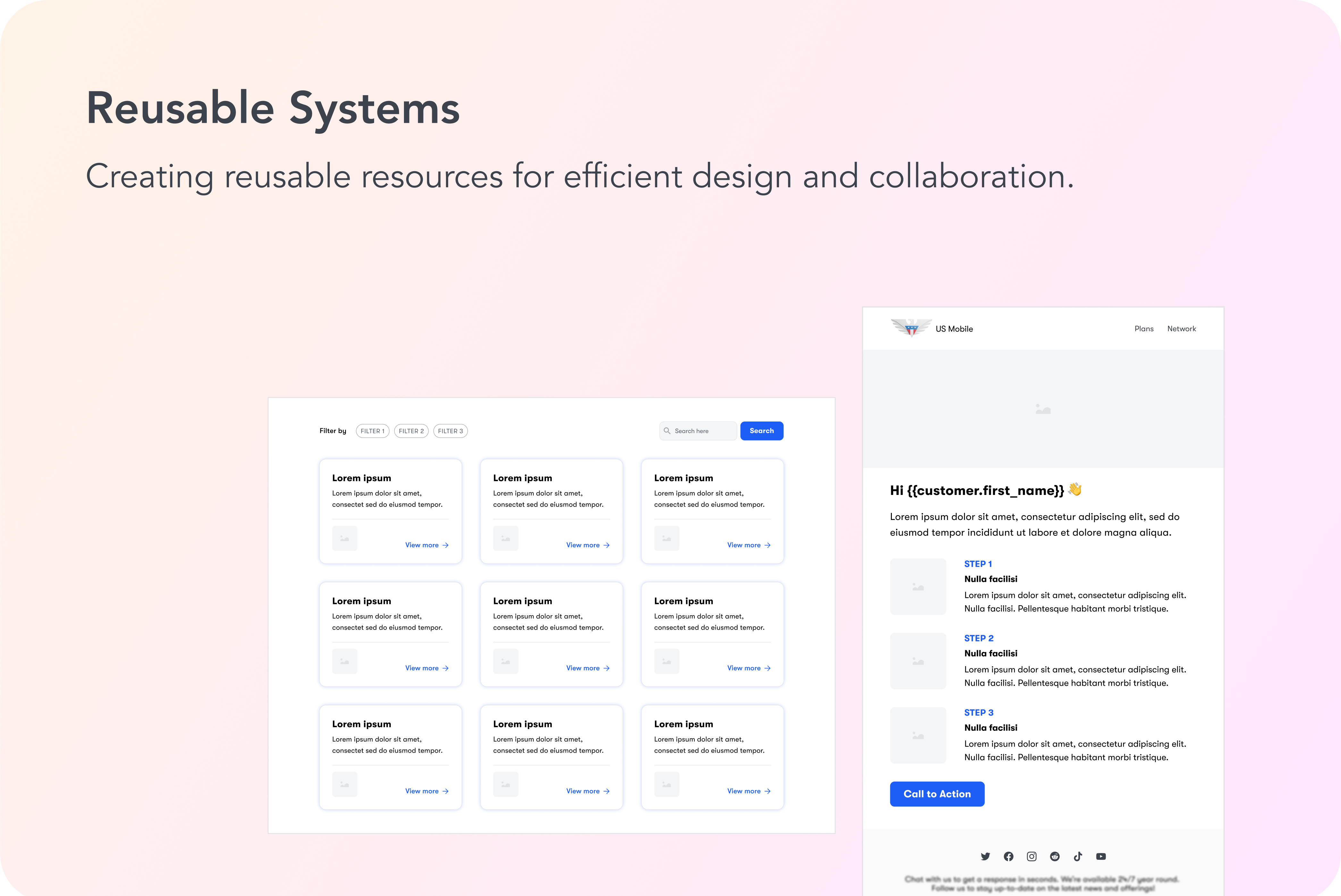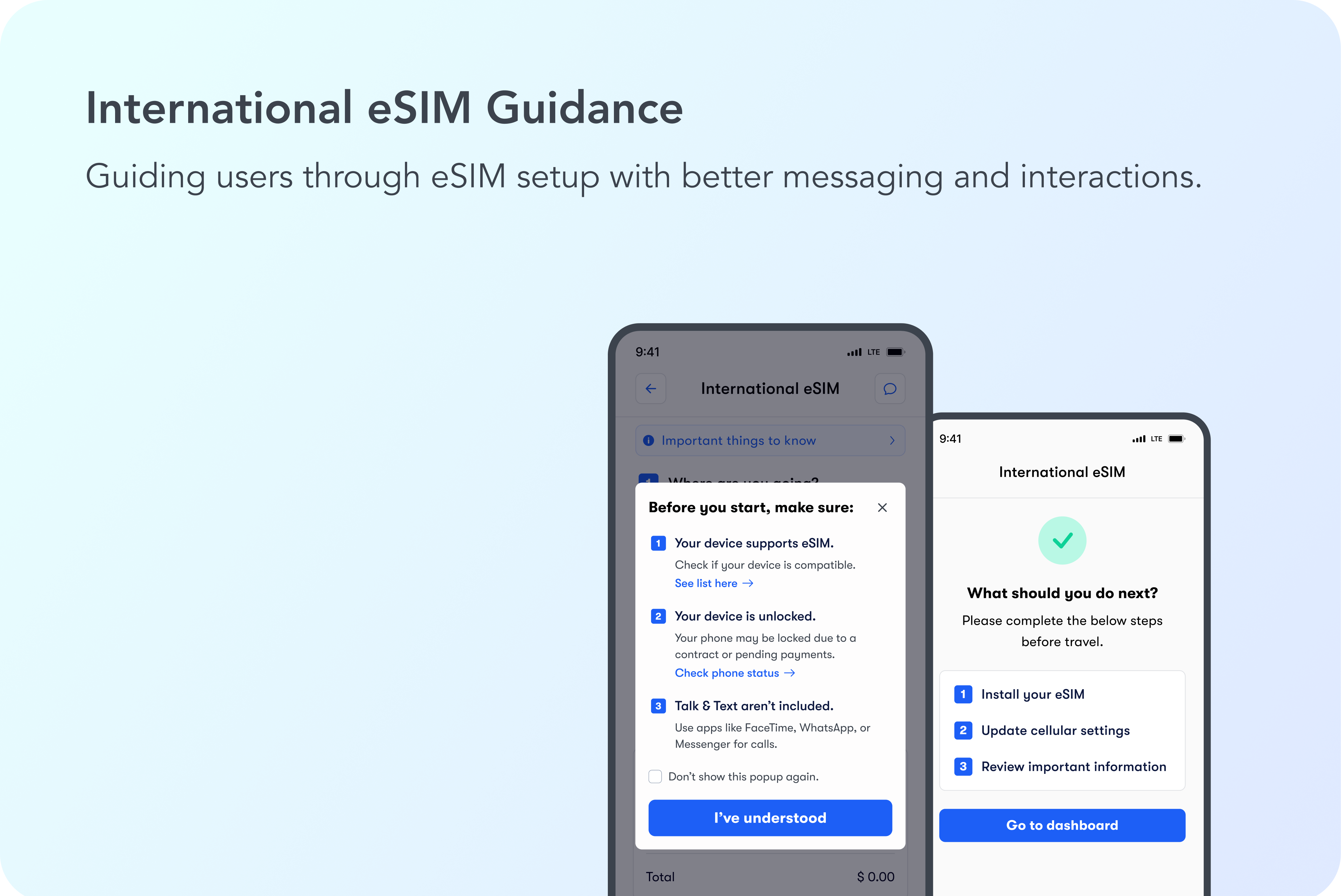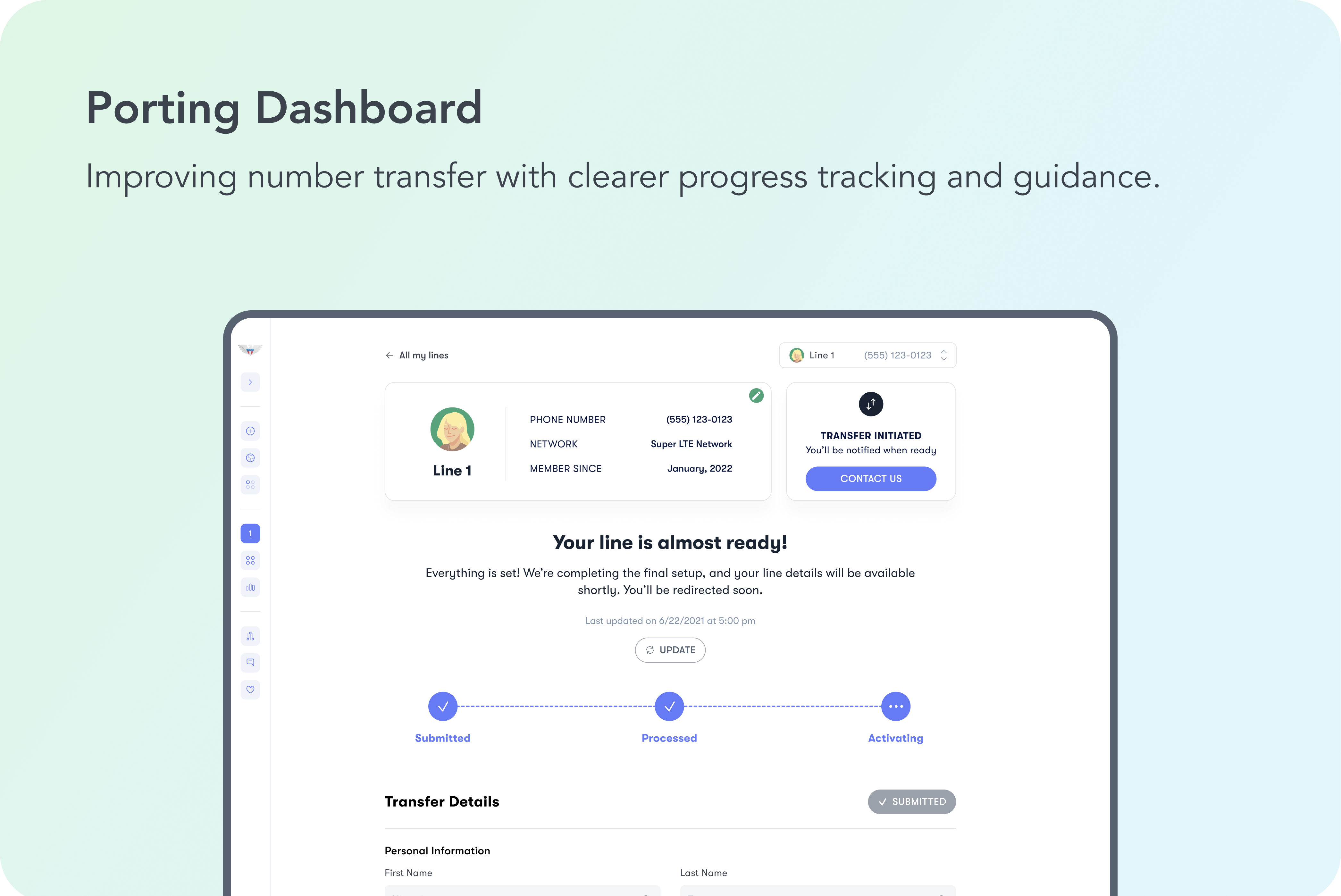Rewards & Referrals
Building a new program for users to refer and earn rewards.
Overview
Context
We redesigned the Referrals experience and introduced a new Rewards Center to encourage users to refer friends and earn rewards. The goal was to make the process more engaging, clear, and rewarding while increasing user acquisition.
We redesigned the Referrals experience and introduced a new Rewards Center to encourage users to refer friends and earn rewards. The goal was to make the process more engaging, clear, and rewarding while increasing user acquisition.
My Role
Sole UX designer, responsible for UX/UI design with visual support from marketing designers.
Sole UX designer, responsible for UX/UI design with visual support from marketing designers.
The Team
3 Designers (1 UX, 2 Marketing), 2 PMs, 2 Growth, 4+ Engineers, 1 QA, 1 Copywriter.
3 Designers (1 UX, 2 Marketing), 2 PMs, 2 Growth, 4+ Engineers, 1 QA, 1 Copywriter.
Timeline
Started in Q2 2023
Started in Q2 2023
Solution Highlights
Evolved from a simple referral page into a Rewards Center where users can refer friends, track referral progress, and earn rewards, with room to introduce more ways to earn in the future.
Key Design Decisions
This project went through multiple iterations, each refining the referral experience in meaningful ways. The following key decisions highlight the turning points that shaped the final solution.
Sharing with a link, no code.
Previously, users had to manually copy and share referral codes, making tracking difficult and reducing engagement. We replaced codes with personalized referral links, exploring different ways to make sharing easier and more seamless for users.
Previously, users had to manually copy and share referral codes, making tracking difficult and reducing engagement. We replaced codes with personalized referral links, exploring different ways to make sharing easier and more seamless for users.
From Referral Page to Rewards Center
The project began as a simple referral page revamp, but as the scope evolved, we expanded it into a full Rewards Center in partnership with a third party. While the team was still refining the direction, I took the initiative to research referral and rewards experiences, gather insights, and explore different approaches. These explorations helped the team visualize possibilities, prioritize features, and align on next steps.
The project began as a simple referral page revamp, but as the scope evolved, we expanded it into a full Rewards Center in partnership with a third party. While the team was still refining the direction, I took the initiative to research referral and rewards experiences, gather insights, and explore different approaches. These explorations helped the team visualize possibilities, prioritize features, and align on next steps.
Removing friction while balancing UX and business needs
Our third-party partner requested users to agree to share personal information before entering the Rewards Center (Option 1), which could add friction and lower referral rates. We worked with them to align their needs with a smoother user experience, proposing to move the step to when users actually need the credit card (Option 2), ensuring compliance without disrupting engagement.
Our third-party partner requested users to agree to share personal information before entering the Rewards Center (Option 1), which could add friction and lower referral rates. We worked with them to align their needs with a smoother user experience, proposing to move the step to when users actually need the credit card (Option 2), ensuring compliance without disrupting engagement.
Improving referral visibility
In our next iteration, we introduced referral tracking to help both referrers and referees see their progress. Referrers know when to give a nudge, and referees can track what’s left to unlock rewards. This transparency makes referrals smoother and more engaging.
In our next iteration, we introduced referral tracking to help both referrers and referees see their progress. Referrers know when to give a nudge, and referees can track what’s left to unlock rewards. This transparency makes referrals smoother and more engaging.
My Learning Takeaways
Shaping clarity instead of waiting for it
This project faced pauses, scope changes, and uncertainties, making it easy to get stuck waiting for clarity. Instead, I proactively researched how other platforms handle referrals and rewards, gathered insights from users, and explored potential directions. This allowed me to move forward with design ideas rather than waiting for every detail to be defined. I realized that while stakeholder input is important, taking initiative to uncover insights and shape the direction myself leads to stronger, more informed decisions.
This project faced pauses, scope changes, and uncertainties, making it easy to get stuck waiting for clarity. Instead, I proactively researched how other platforms handle referrals and rewards, gathered insights from users, and explored potential directions. This allowed me to move forward with design ideas rather than waiting for every detail to be defined. I realized that while stakeholder input is important, taking initiative to uncover insights and shape the direction myself leads to stronger, more informed decisions.
Optimizing design within constraints
I learned that even with strict requirements or third-party guidelines, there’s often room to improve the UX. Many constraints are negotiable when we align on mutual goals. By actively discussing ideas and collaborating with stakeholders, we can find solutions that meet requirements while enhancing the user experience.
I learned that even with strict requirements or third-party guidelines, there’s often room to improve the UX. Many constraints are negotiable when we align on mutual goals. By actively discussing ideas and collaborating with stakeholders, we can find solutions that meet requirements while enhancing the user experience.
Prioritizing user needs over visual trends
Initially, I focused on aesthetics and design trends, but I realized that great design is about solving real user needs and aligning with business goals. While I understood this in theory, working on real projects and collaborating with the team helped me truly internalize its importance.
Initially, I focused on aesthetics and design trends, but I realized that great design is about solving real user needs and aligning with business goals. While I understood this in theory, working on real projects and collaborating with the team helped me truly internalize its importance.
Thank you for taking the time to read this. If you're interested in more details about this project, please feel free to reach out.




